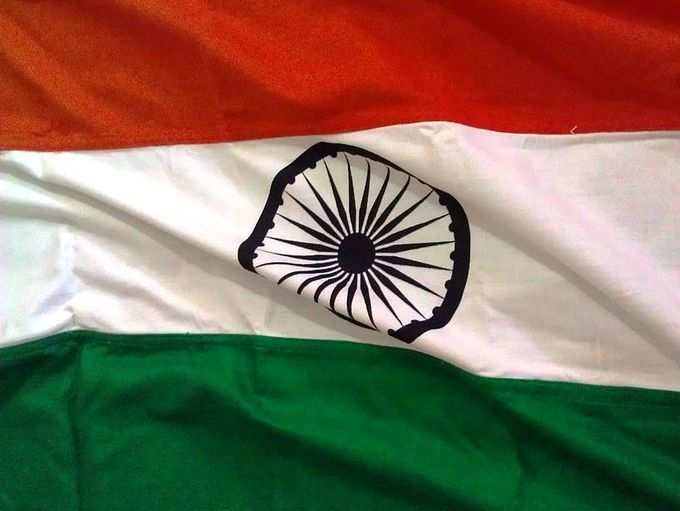
India will celebrate its
65th Republic Day on
January 26 – a long journey since the world’s biggest democracy gained her
political independence on 15 August, 1947, and then successfully prepared one of the most voluminous and versatile Constitutions of the world.
Republic Day or
R-Day celebrates the date when the Constitution of India came into force – 26 January, 1950 – replacing the
Government of India Act (1935) as the governing document of the country.
A
draft Constitution was initially prepared by the
Constitution Drafting Committee, led by Dr
BR Ambedkar. Other key members of that panel included
Acharya Kriplani, Pandit
Jawaharlal Nehru, Pandit
Govind Ballabh Pant,
Maulana Azad,
Sardar Patel and Dr
Rajendra Prasad. The first version was submitted to the
Constituent Assembly on November 4, 1947. But it took nearly three years of extensive debate, deliberations and moderations before the final document could be freezed. The Constitution was passed in the Constituent Assembly on 26 November, 1949, and was adopted on 26 January, 1950, commemorating the day in 1930 when the Declaration of Indian Independence (
Purna Swaraj) was made by the
Indian National Congress.
But so much for history. Fast forward to 2014 and take a look at the key
amendments made to the
Indian Constitution and how it impacted the country. Till date, a total of 120 amendment proposals came up although quite a few were abandoned due to various reasons. One or two key amendments mentioned here are still pending, like the
Women’s Reservation Bill that has been passed by the Rajya Sabha or the
Upper House of the Parliament but is yet to be passed by the
Lok Sabha or the
Lower House. However, the rest of the amendments are already in place and will walk you through India’s socio-political journey. So here’s a quick re-cap of the key changes over the years before you join
R-Day festivities.
Main Image: Wikipedia

